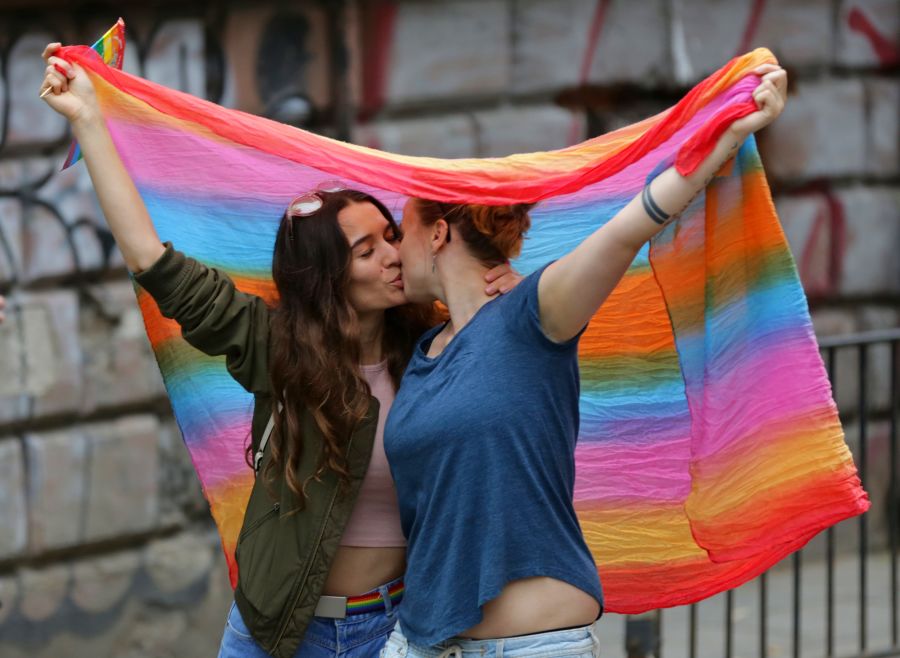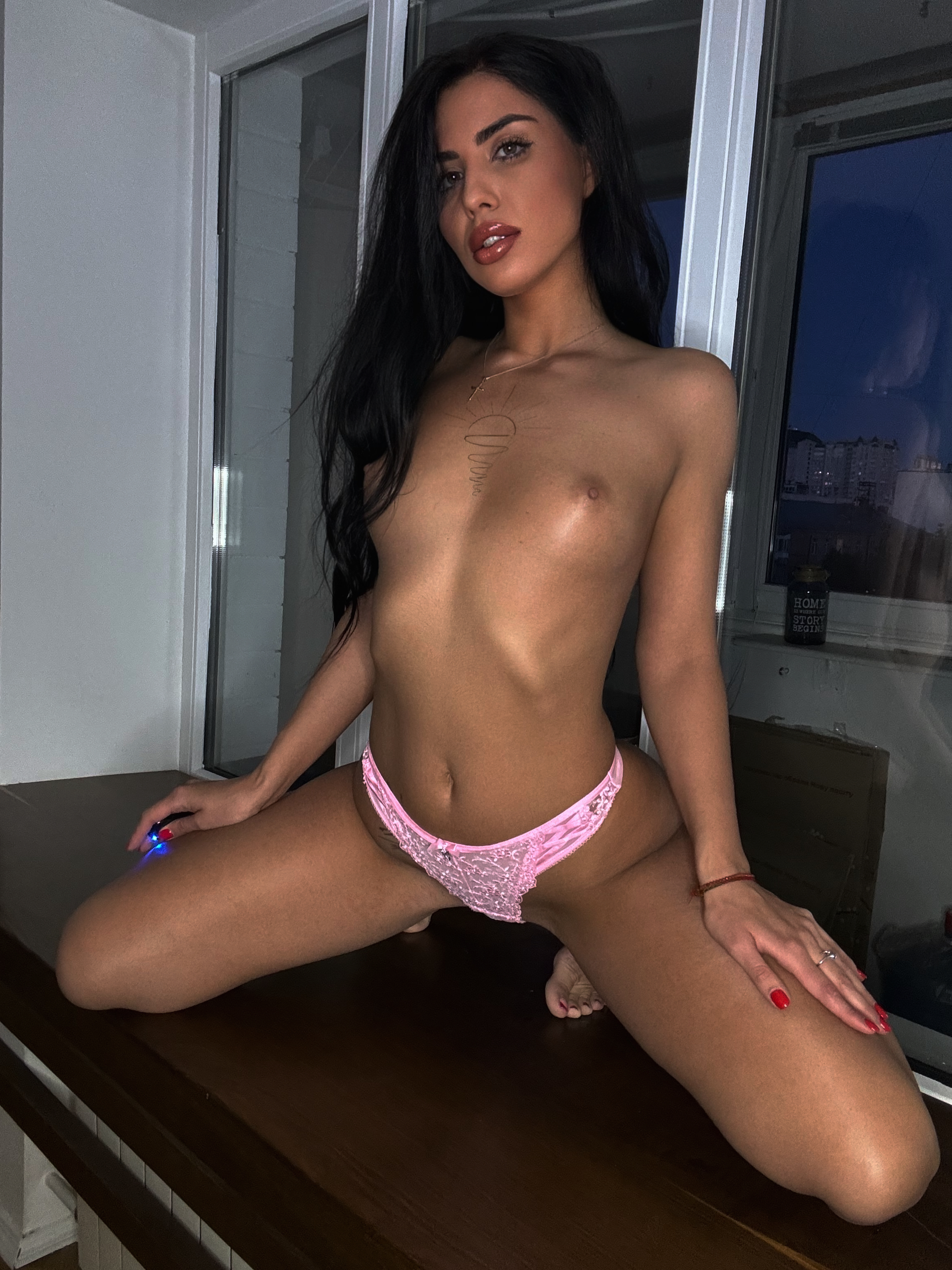Doji Definition and Meaning
The patterns that form in the candlestick charts are signals of such actions and reactions in the market. Doji and spinning top candles are quite commonly seen as part of larger wizardsdev patterns, such as the star formations. The dragonfly doji is a Japanese candlestick pattern that acts as an indication of investor indecision and a possible trend reversal.
- This creates a long upper shadow and a long lower shadow, giving the appearance of a cross.
- This doji has long upper and lower shadows and roughly the same opening and closing prices.
- Unlike the gravestone doji, the dragonfly doji pattern has a long lower shadow.
- In Japanese, “doji” (どうじ/ 同事) means “the same thing,” a reference to the rarity of having the open and close price for a security be exactly the same.
It means that the open, the close, and the high price are almost at the same level. The long-legged Doji has longer wicks, suggesting that buyers and sellers have tried to take control of the price action aggressively at some point during the candle’s timeframe. The Gravestone Doji is generally seen as a bearish signal as sellers managed to hold control for most of the day, but buyers stepped in near the close. This forms when the buying and selling powers for an asset are at an equilibrium.
It is important to emphasize that the doji pattern does not mean reversal, it means indecision. Doji are often found during periods of resting after a significant move higher or lower. When a Doji candlestick pattern appears after an up or downtrend in the market, it will reflect the slowdown of that trend. The candle following a potentially bearish dragonfly needs to confirm the reversal, which means, the candle following must drop and close below the close of the dragonfly candle. If the price rises on the confirmation candle, the reversal signal is invalidated as the price could continue rising. There are different types of Doji candlestick patterns, namely the Common Doji, Gravestone Doji, Dragonfly Doji and Long-Legged Doji.
A Doji does not occur frequently and is therefore not reliable or a trustworthy indicator on its own. It must be used with other chart pattern analysis techniques in order for a trader to make an informed decision. The longer upper side of the Gravestone Doji, also known as a shadow, hints at a possible end to the current trend direction in the market and a reverse in direction. A Gravestone Doji is the opposite of a Dragonfly Doji, showing the open and close price around the same level as the low price with a long upper wick. A Dragonfly Doji shows the open and close price at the same level as the high price. In addition to the four Doji candles in this graphic, there is also one more, indicated by only a straight horizontal line with no wick.
Long Legged Doji: A rare candlestick pattern and the meaning behind it…
The blue arrows point to the open and close prices in the chart below, while the purple arrows indicate the high and low prices. In 2011, Mr. Pines started his own consulting firm through which he advises law firms and investment professionals on issues related to trading, and derivatives. Lawrence has served as an expert witness in a number of high profile trials in US Federal and international courts. At the opening bell, bears took a hold of GE, but by mid-morning, bulls entered into GE’s stock, pushing GE into positive territory for the day. Unfortunately for the bulls, by noon bears took over and pushed GE lower. The first doji outlined on Chart 1 in the previous section was a high-low doji, where prices made the highs for the day first, and the lows for the day second.
It is part of the broader doji family that consists of the standard doji, dragonfly doji, and gravestone doji. The long-legged doji is a candlestick that consists of long upper and lower shadows and has approximately the same opening and closing price, resulting in a small real body. The Dragonfly Doji shows the rejection of lower prices and thereafter, the market moved upwards and closed near the opening price.
- The pattern normally forms at the bottom or end of a downward trend.
- The creation of the doji pattern illustrates why the doji represents such indecision.
- This means the market is undecided after a huge expansion in volatility (which usually occurs after a big news event).
- The Long-Legged Doji indicates that there was more volatility between the high and low prices in the trading session than the neutral Doji.
- Most traders use momentum indicators to confirm the possibility of a doji signalling reversal, because these indicators can help to determine the strength of a trend.
Doji and spinning top candles are commonly seen as part of larger patterns, such as the star formations by technical analysts. If either a doji or spinning top is spotted, look to other indicators such as Bollinger Bands® to determine the context to decide if they are indicative of trend neutrality or reversal. A Doji candlestick is a candlestick pattern that represents an indecisive crowd in the market.
We’re also a community of traders that support each other on our daily trading journey. Indecision reigns, as neither the buyers and sellers are in control. The longer upper side of the gravestone Doji, also known as a ‘shadow’, suggests that the present market trend may be coming to an end and that the market could now be turning around. Anyone interested in learning more about the long-legged doji may want to consider enrolling in one of the best technical analysis courses.
Here, we take a detailed look at the history of Doji candles, how to spot them on a trading chart, and how you can apply them to your trading practice. In Japanese, “doji” (どうじ/ 同事) means “the same thing,” a reference to the rarity of having the open and close price for a security be exactly the how to buy saitama same. Depending on where the open/close line falls, a doji can be described as a gravestone, long-legged, or dragonfly, as shown below. Start your research with reviews of these regulated brokers available in , many have free demo accounts so you can preview their technical analysis features.
Example of How to Use the Dragonfly Doji
In other words, the market did not move during the period covered by the candlestick. Traders should carefully monitor the candlestick’s closing price when identifying a potential long-legged Doji. It is valid to note that the Doji pattern does not necessarily mean that there will always be a trend reversal. Use a Doji in conjunction with other technical indicators, such as support and resistance levels, to make more informed trading decisions.
What is the doji candlestick chart pattern?
The stop loss would be placed at the top of the upper wick on the Long-Legged Doji. Neither the Neutral Doji, the Long-Legged Doji, or the 4-Price Doji tells you very much about what the markets might do next. Depending on what the preceding candlestick patterns are telling you, it may indicate a price reversal.
The high and low for the day determine the length of this candle’s upper and lower shadows. A doji is indicative of neutrality; when it is seen gapped above a previous just2trade overview hollow candle, it signals a reversal in buying momentum. Likewise, if a doji appears lower than a filled candle, it signals a reversal of the downward trend.
How Do Traders Interpret a Dragonfly Doji Pattern?
Trading foreign exchange on margin carries a high level of risk, and may not be suitable for all investors. Before deciding to trade foreign exchange you should carefully consider your investment objectives, level of experience, and risk appetite. You could sustain a loss of some or all of your initial investment and should not invest money that you cannot afford to lose. The size of the dragonfly coupled with the size of the confirmation candle can sometimes mean the entry point for a trade is a long way from the stop loss location. This means traders will need to find another location for the stop loss, or they may need to forgo the trade since too large of a stop loss may not justify the potential reward of the trade.
Gravestone Doji: How to tell when the market is about to reverse lower…
The pattern is formed when the opening and closing prices are the same, but the highs and lows differ. This creates a long upper shadow and a long lower shadow, giving the appearance of a cross. Long-Legged Doji patterns can emerge at the top or at the bottom of trends signaling a change in direction. For example, if the market had been trending downward and then the Long-Legged Doji pattern emerged, it may signify the start of an upward trend.
What is Doji candlestick pattern?
After a long downtrend, like the one shown in Chart 1 above of General Electric stock, reducing one’s position size or exiting completely could be an intelligent move. This pattern appears at the end of the downtrend when the supply and demand factors are at equilibrium. This pattern is found at the end of the uptrend when supply and demand factors are equal. The future direction of the trend is uncertain as indicated by this Doji pattern.
A Four-Price Doji occurs when the open, close, high and low prices are the same. A Gravestone Doji occurs when the open and close is the same price but, with a long upper wick. So, for example, when Bitcoin (BTC) opens and closes at $20,000 on a particular day even if its price seesawed between $25,000 and $15,000 throughout the given24-hour period.


